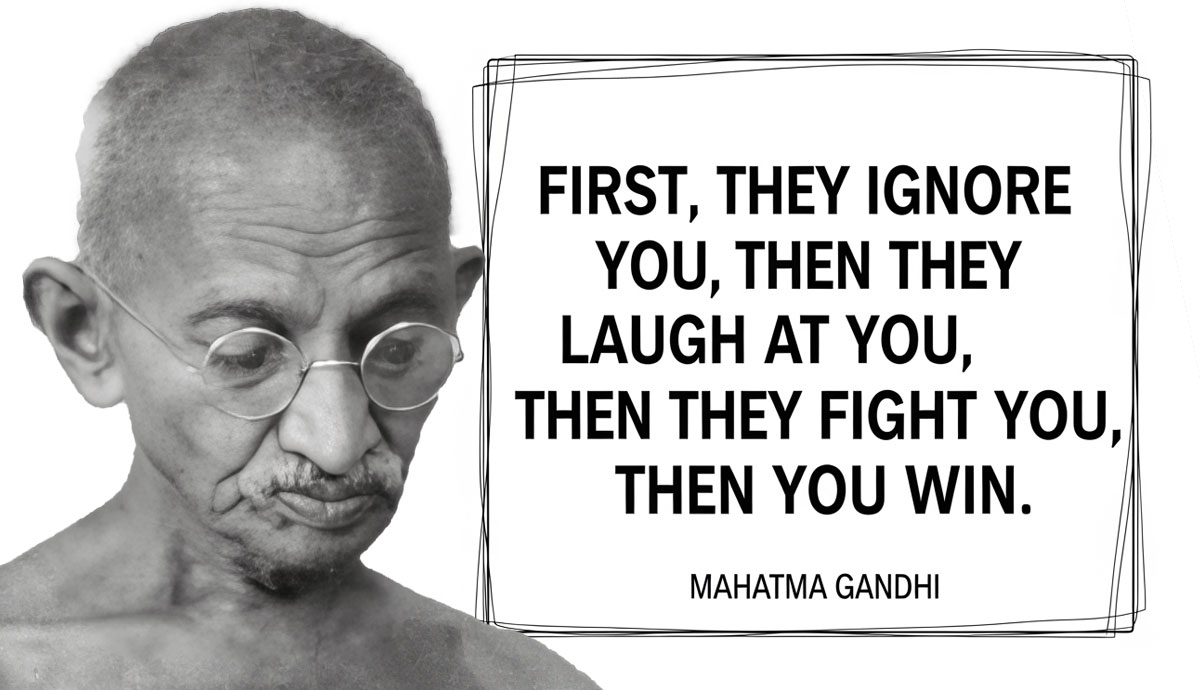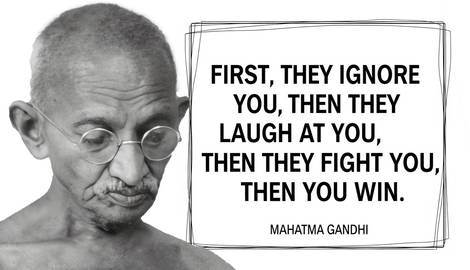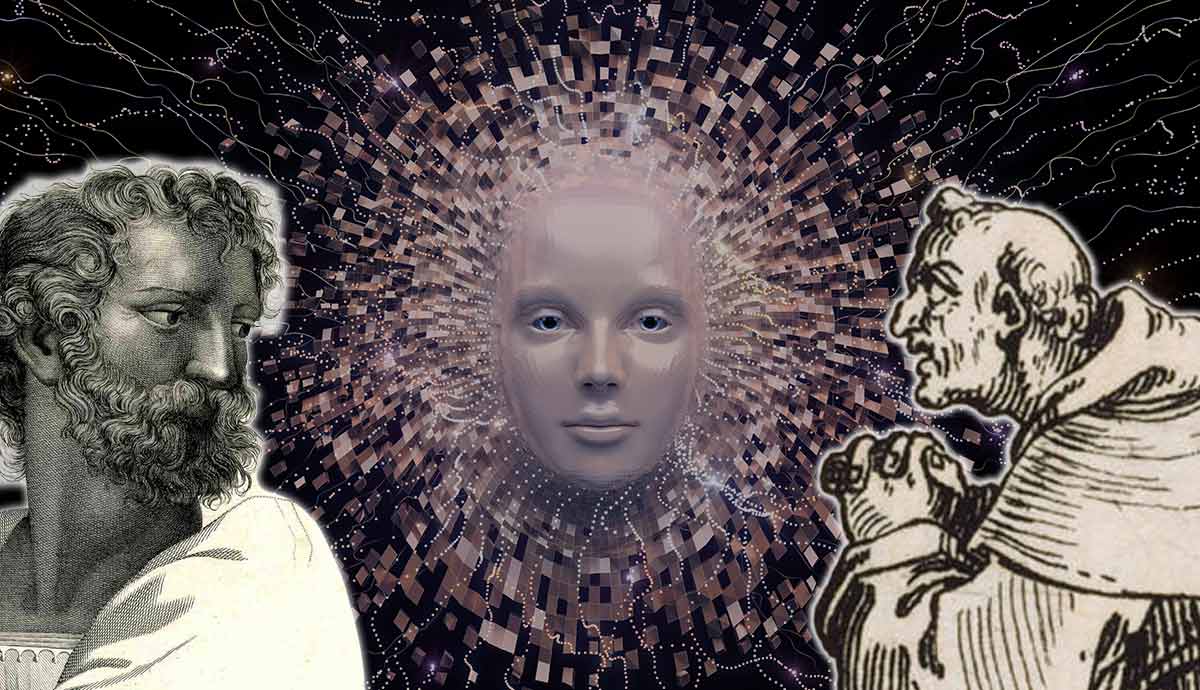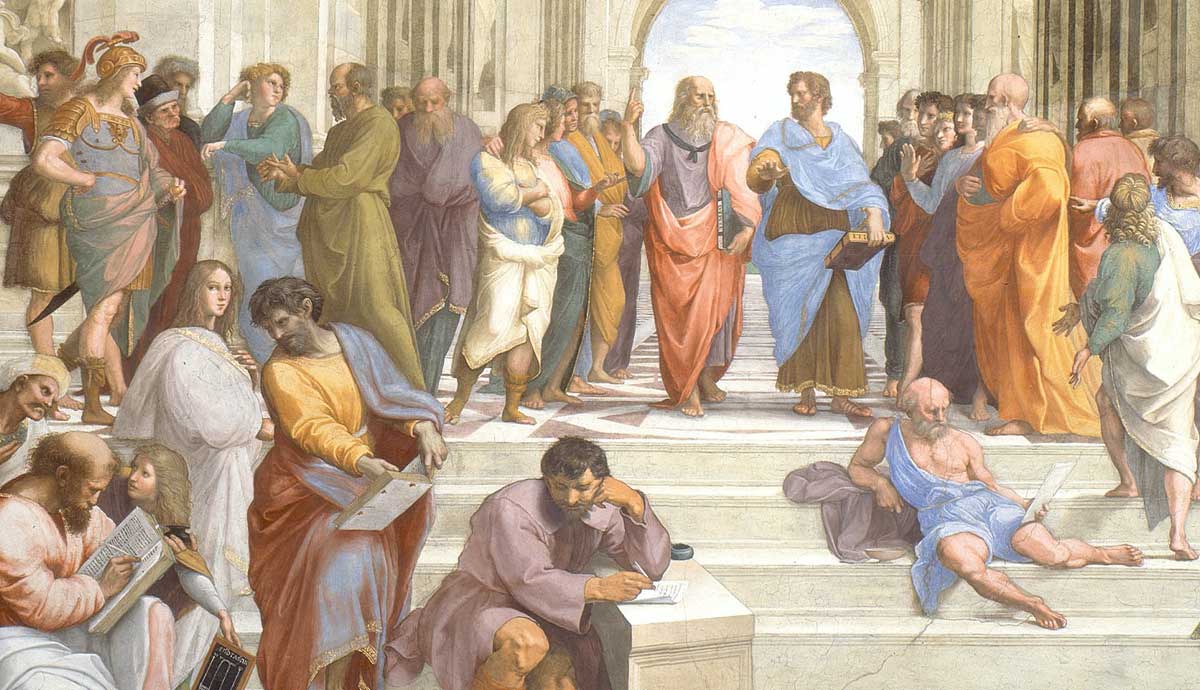
Mohandas Karamchand Gandhi was born in 1869 in Porbandar, in the Indian state of Gujarat. He trained as a lawyer before moving to South Africa, where he set out to fight racial discrimination against the Indian community through organized civil disobedience. Returning to India in 1915, he emerged as the spiritual and political leader of the Indian independence movement. Under his leadership, the Indian National Congress transformed from a limited elite group into a mass political organization.
Through his campaigns of nonviolent resistance, he spearheaded the anti-colonial struggle against British rule. Today, Gandhi’s legacy endures as a powerful symbol of nonviolent resistance and an inspiration to civil rights and liberation movements across the globe.
“Be the Change You Wish to See in the World”

Indian nationalism existed long before Mahatma Gandhi entered the political scene. However, it was under Gandhi’s leadership that the Indian nationalist movement evolved into a fully-fledged, mass-based struggle against colonial rule.
After returning from South Africa in the context of the First World War, Gandhi quickly emerged as a central figure in Indian politics. Between 1918 and 1923, under his guidance, the Indian National Congress was transformed from an elite, conservative body into a dynamic mass movement. It became the dominant force in the nation’s anti-colonial struggle.
Gandhi’s charisma was evident in the execution of the Non-Cooperation Movement, which mobilized millions across religious and regional divides. The greatest achievement of the movement was to win support from prominent segments of the Indian Muslim community, marking a significant shift towards inclusive, pan-Indian nationalist politics.

Gandhi’s famous call to “be the change you wish to see in the world” encapsulated the core of his method: leading by example. He lived simply, wore homespun cloth, and adhered to the principles of nonviolence that he publicly advocated. For Gandhi, personal conduct was inseparable from political action – he believed that individuals must embody the values they wish to see reflected in society.
“An eye for an eye ends up making the whole world blind”

The proverb “an eye for an eye, a tooth for a tooth” reflects a long-standing principle of revenge-as-justice that dates to biblical times. True to form, Gandhi famously rejected the concept, arguing that if society were to follow such a logic, it would result in a world where everyone is blind.
For Gandhi, justice could not be achieved through revenge. As a staunch advocate of nonviolent resistance, he believed that responding to violence with violence only deepened suffering and perpetuated oppression. Instead, he championed the transformative power of love, reconciliation, and forgiveness as the one true path to peace.
His philosophy was not merely theoretical: Gandhi applied it through mass civil disobedience. Through his leadership of the Non-Cooperation Movement (1920–22), Salt March (1930), and Quit India Campaign (1942), he urged millions to resist British colonial rule not with weapons, but with peaceful defiance and moral courage. Even in the face of brutal repression, Gandhi called on his followers to remain nonviolent, believing that moral force would ultimately overpower colonial rule.

By contrast, the likes of Winston Churchill took the contrary position. Fearful of Gandhi’s rising influence and threat of Indian nationalism to the integrity of the British Empire, Churchill raged that Gandhi should be “bound hand and foot at the gates of Delhi, and then trampled on by an enormous elephant with the new Viceroy seated on its back.”
History eventually judged in Gandhi’s favour. His strategy of peaceful resistance succeeded where hitherto, violence had failed. India achieved its independence in 1947, and Gandhi’s political tactics gained global recognition, inspiring anti-colonial struggles and movements for peace and justice around the world.
“First, they ignore you, then they laugh at you, then they fight you, then you win”

This famous quote is often attributed to Gandhi, though its precise origin remains unclear. It nonetheless captures the arc of his political career and the resistance that defined both his personal journey and the broader struggle for Indian independence in a nutshell.
At first, Gandhi was ignored by colonial officials and more so, by the elites that comprised the Indian National Congress. Although his reputation as a formidable organizer and charismatic leader in South Africa preceded him, Gandhi was regarded as something of an oddity upon his return to India in 1915. Ridicule quickly followed. British politicians and the imperial press mocked his appearance and unconventional tactics. Indian elites wrote off his eccentric, spiritualized politics as naïve.

Nonetheless, as the “Mahatma” mobilized millions through his wildly popular campaigns, the British moved to suppress him. After his declaration that ‘complete independence’ (Purna Swaraj) was to become the full aim of the nationalist movement and the launch of civil disobedience in 1929, the Indian National Congress fell under his leadership. He was arrested repeatedly, and the nationalist movement was met with brutal repression. The colonial state now recognized Gandhi not as a curiosity but as a serious threat to its authority.
Finally, in 1947, Gandhi’s vision prevailed. India gained independence, not through armed struggle, but through mass civil disobedience and moral pressure. Altogether, Gandhi believed that social change demands patience, ethical consistency, and unshakeable resolve. His life demonstrated that nonviolence, when sustained with collective purpose and moral courage, can bring even a mighty empire to its knees.










